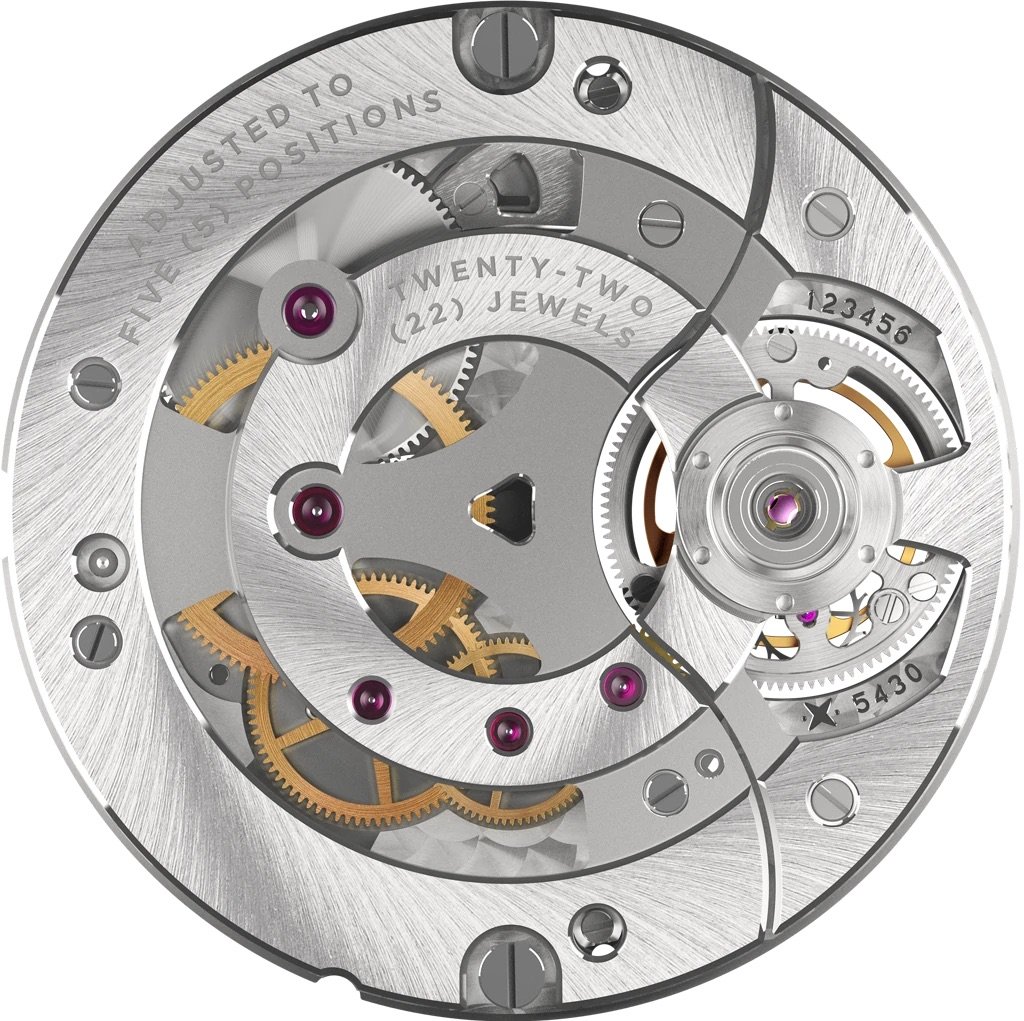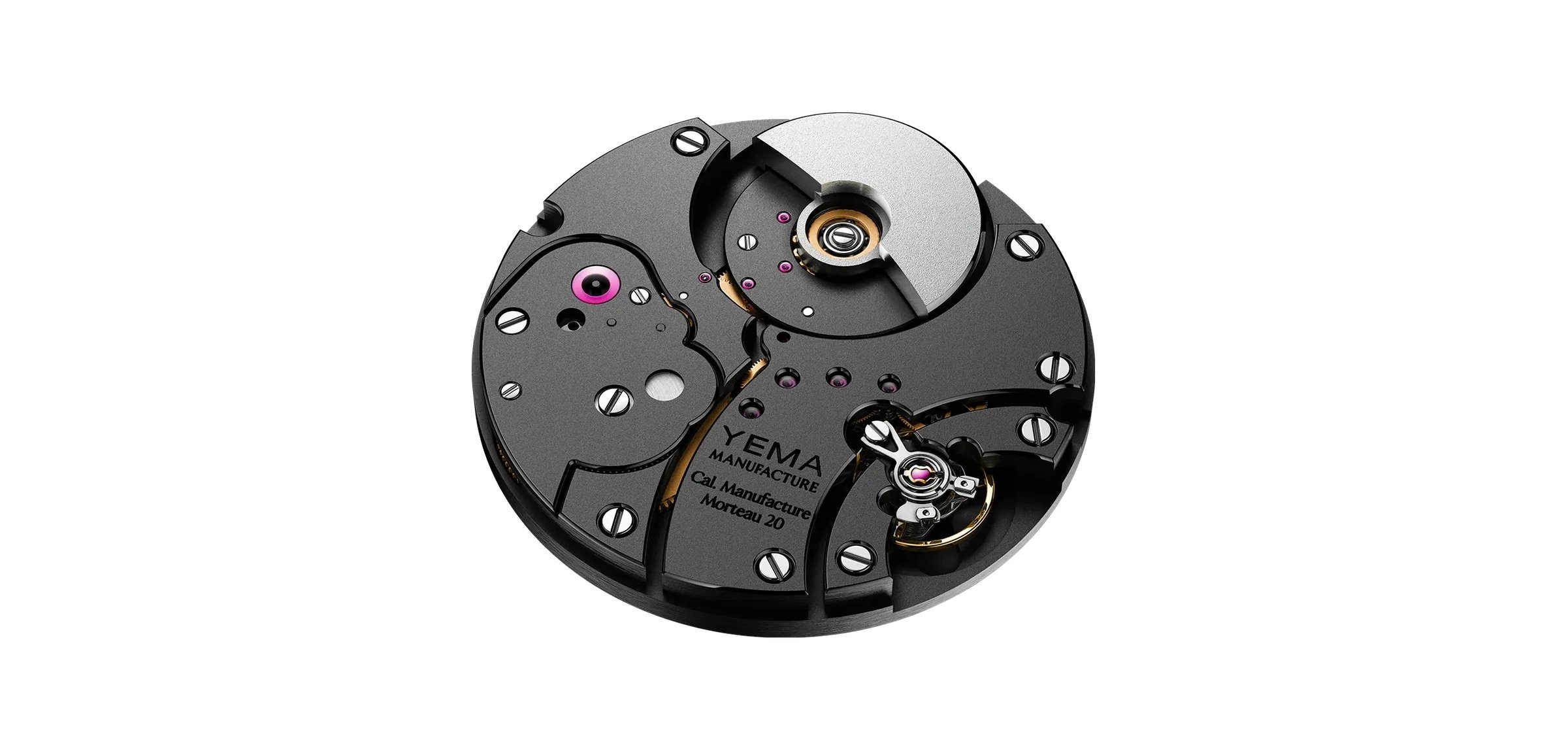The Strange Horological Provenance of Trump’s Tourbillon
Whenever a new watch comes out, especially if it has any kind of special complication, my question as a watchmaker is: what’s the movement, really?
It’s a fact of the industry that there are only so many movements available to use, if you’re not making your own. Most chronographs are Valjoux 7750s at heart, even when made by someone else and extensively modified. Individual independents are nearly always using the Unitas 6497, or more frequently… Also the 7750, but with the chronograph removed.
So when Donald Trump promoted a line of campaign-themed watches, including a $100,000 tourbillon, I had to ask: what’s the movement, really?
There are even fewer tourbillon movements than chronographs, so it shouldn’t be that hard to figure it out. The cheapest option is probably Seagull, but a close look at the balance wheel immediately disqualifies them—the Trump tourbillon uses a free-sprung balance, while Seagull’s tourbillon uses a regulator arm.
Free-sprung balances tend to occupy finer timepieces, so this is a horological point for the watch. The difference, simply, is that a free-sprung balance uses eccentric weights on the balance wheel rim to adjust its moment of inertia for regulation, rather than using a regulator arm to shorten the effective length of the hairspring. Well-known examples of free-sprung regulators include Rolex’s Microstella and Patek Phillipe’s Gyromax systems.
Manufacture Vaucher is another possibility, since they produce high-end Swiss movements for white-label brands on-demand. Their tourbillon is free-sprung, but its bridge design is all wrong, and the Vaucher tourbillon cage runs in a lower ball bearing race.
Trump’s tourbillon has fairly mediocre finishing, with plain circular graining on the ratchet and crown wheels, and rough, unpolished bevels below concentric striping, centered on the tourbillon cage. It’s not particularly bad, though it rules out being made by anyone on the higher-end. But who makes a modestly-priced, Swiss-made tourbillon movement?
The answer is Olivier Mory, a name that comes up more and more often in independent and microbrand watchmaking.
Mory, a French watchmaking prodigy who ascended through the prestigious house of Renaud & Papi before becoming head of development at Sellita and later ValFleurier, more recently carved out a niche for himself as a movement engineer to the little guys. His designs can be found in Yema’s Manufacture CMM.20 and, more elegantly, Guebly’s Chapitre 1.
He’s also the co-owner of Skill Watches, as well as BCP Tourbillons SA, a movement manufacturer whose Instagram bears the telling hashtag of #makeswissmadegreatagain.
The resemblance between BCP Tourbillons’ movement and the one in the Trump Tourbillon are immediate and obvious. From the balance, to the curved arms of the tourbillon cage, barely anything is changed from the prototype ébauche.
BCP Tourbillons’ movements aren’t new. You can find them in the Bremont Terra Nova Dual-Time Tourbillon ($31,600), the Louis Erard x Alain Silberstein Regulator Tourbillon (CHF 15,900), the Yema Yachtingraf Tourbillon Maerographe ($9,990), the BA11OD Chapter 4 ($6,700), and of course, Mory’s own Skill Maelstrom (CHF 7,600).
Some of these watches have been lauded for being the least-expensive Swiss-made tourbillons that you can buy, a rare combination in an expensive industry. Trump’s tourbillon, on the other hand, costs six figures, though that at least includes about $13,000 worth of gold in the case and bracelet, as well as a smattering of diamonds.
Mory prioritizes the Swiss-ness (or Frenchness, depending on who’s making them) of his movements, designing them around a supply chain of components that are manufactured and available in Switzerland or the surrounding region. This can include off-the-shelf ETA parts (wheels, screws, etc), but any number of components can also be made in-house—nearly the entire thing, in Guebly’s case.
Who, exactly, is making this watch for TheBestWatchesonEarth LLC is not clear, but it’s likely to be one of many white label Swiss companies that specialize in such a thing. Mory’s involvement is likewise unclear, and little should be read into the politics of other brands having used BCP Tourbillons’ movements in the past.
It’s worth noting that there is an American-made option available, the RGM Pennsylvania Tourbillon ($98,500), which boasts a much higher level of finishing, not to mention that invaluable swing-state cred in the final days of a presidential campaign.
Oh, and for the other watch? Little is said about it on the website other than that it’s an automatic with a day/date function—a nod, whether conscious or not to the Rolex Day-Date’s “president” moniker, perhaps—so it could very well be a Seagull at heart after all.









